The Nordic cross features on the flags of all three Scandinavian countries and their Nordic neighbours.
A nation's flag is such an evocative symbol. Its patterns and colours immediately evoke strong feelings in its citizens, and strong stereotypes in others.
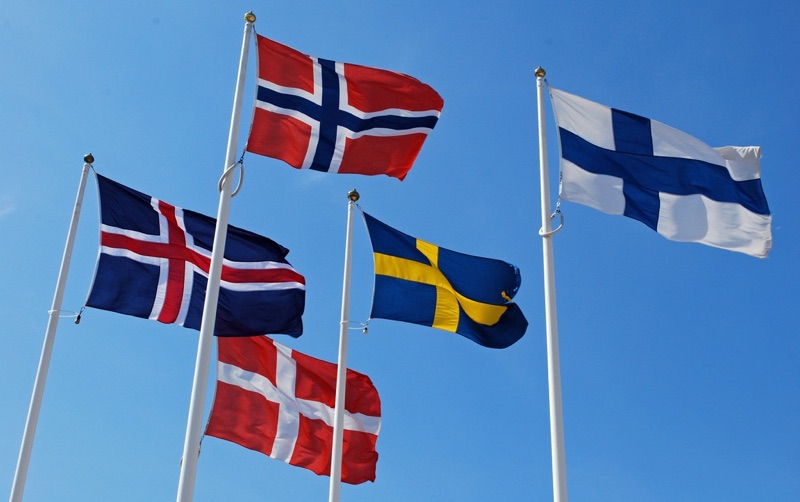
What do you think of when you see the stars and stripes of the United States? How about the arabic inscription and sword of the flag of Saudi Arabia?
The three Scandinavian countries share so much: language, culture, history, food and so on, but did you also know they share the same flag design?
The Scandinavian flags
The flags of Norway, Denmark and Sweden share a very similar design, which we'll talk more about later.
The only difference between the off-centred cross of the three countries is the colours.
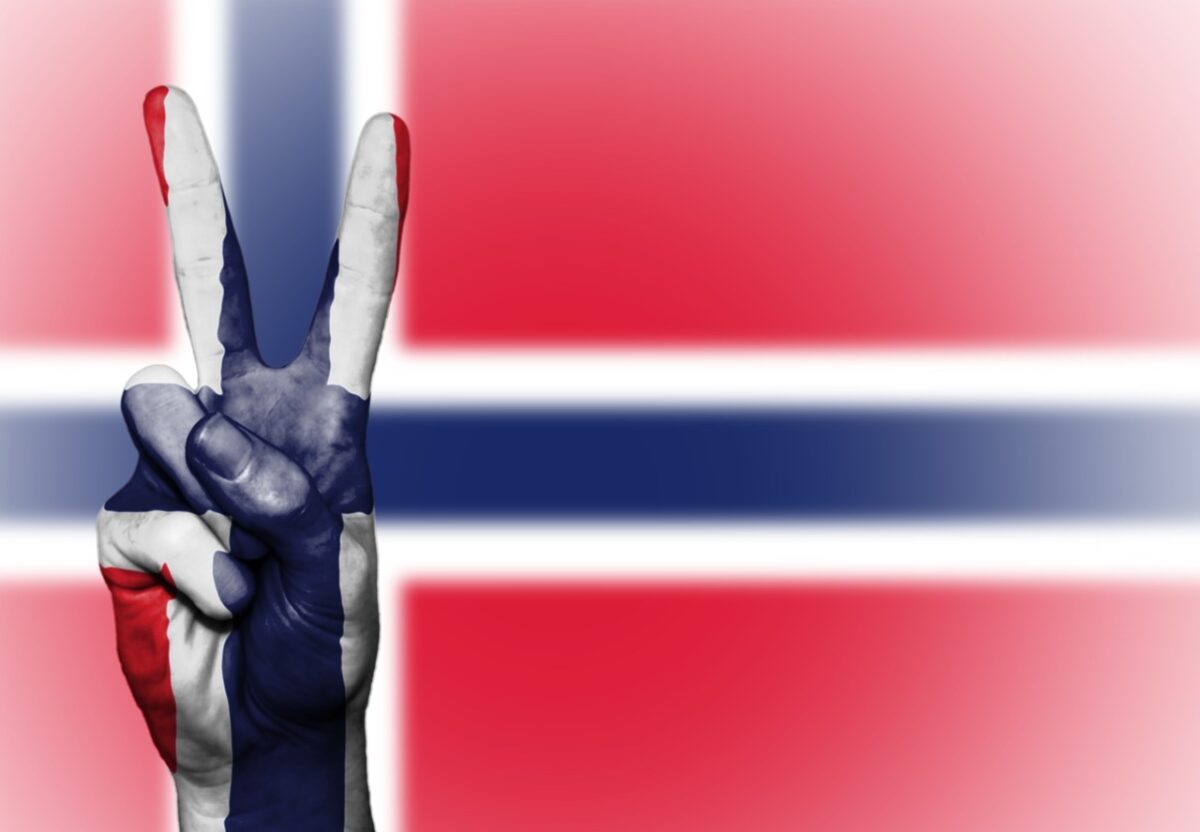
Sweden has bright yellow on a deep blue background. Denmark uses white on red. The Norwegian flag is largely the same as the Danish one, but with the addition of a dark blue cross on top of the white cross.
Read more: The Flag of Norway
The design is also used by the two other principal Nordic countries. Iceland is the same as Norway but with the red and blue colours reversed, while Finland use a light blue cross on a white background.
What is the Nordic cross?
The shared design is known around the world as the Nordic cross. Originating first in Denmark, the distinctive cross is said to represent Christianity.
Its most important feature is the off-centred nature of the vertical line, which is drawn closest to the hoist edge of the flag.
According to a regulation for Danish merchant ships: “the two first fields must be square in form and the two outer fields must be 6/4 lengths of those”.
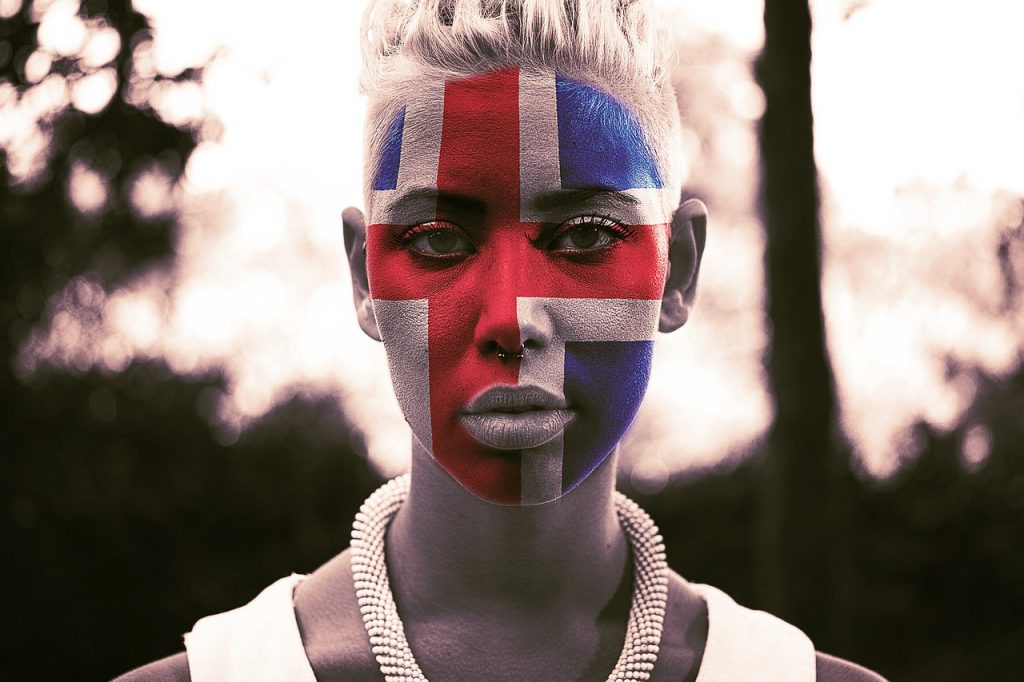
Nordic crosses outside the region
The design is not exclusive to the Nordic region. The cross can also be found on many regional flags within the Baltic countries Latvia and Estonia.
In fact, many people in Estonia have proposed altering their national flag with several Nordic cross designs proposed.
In the UK, the flags of the Shetland and Orkney islands are both of Nordic cross design. Both islands used to be Norwegian territory. Around the world, many other countries, territories, islands and regions also make use of the striking design.
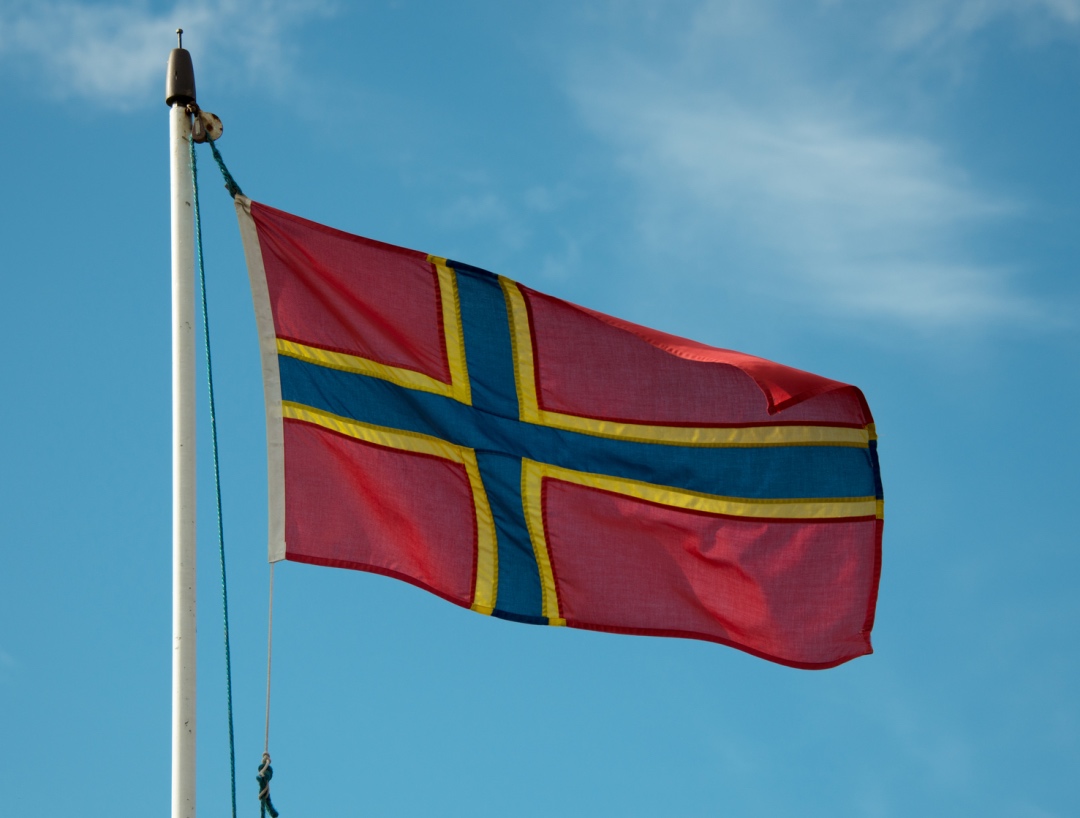
The Flag of Orkney (pictured above) was chosen by public consultation in 2007. It is said to symbolise the islands' Scottish and Norwegian heritage.
If you like the Nordic cross, why not share this post of Pinterest? We've got just the pin for that:

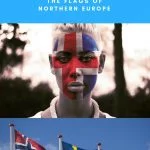

That makes me want to visit even more nordic countries than I thought ! ‘^_^
Now I’m curious. If the cross symbolizes Christianity what about their Viking heritage, how come it is absent from the flag?
I’m wondering the same thing! We are not Christian based people?????
Even during the viking era the nordic coutries were christianized. When the flag was constructed it was more or less death penalty to have faith in heathen “viking gods”. So: no heathen symboles there.
I just like history and I have the Internet. So with the stuff I think I know, I googeled to check my facts, and then I’m just freestyling :D. The age of the vikings took place between 793–1066 AD. And probably ended when Christian missionaries got too influential. Ca 150 years later In 1219 Denmark 🇩🇰 got their flag. Supposedly the oldest national flag. Fiddling with norse beliefs were not encouraged at the time. But has seen an increase since 1990:ies. Maybe that will result in a Danish flag in Mammen style, Swedish flag in Urnes style and a Norwegian flag in Oseberg style. But I doubt that since the Scandinavian countries are very proud of their functional design style that strips away all decorations in favour of functionality. But then it might be time for a reaction on that style.
I got carried away. The wiking herritage is probably absent since the Skandinavian countries has been christian for 800 years. So the culture is based on christianity with some small remains of the time before that. Like Christmas 🎄 is still Jul or Juletid in Scandinavia. And it originates from Yule or Yuletid. The pronunciation is pretty much the same. And then we have Midsummer in the middle of the summer. On both occasions we sing about animals like goats (Alle mine gede blocker), foxes (Räven raskar över isen), frogs (Små grodorna) and crows (Prästens lilla kråka).